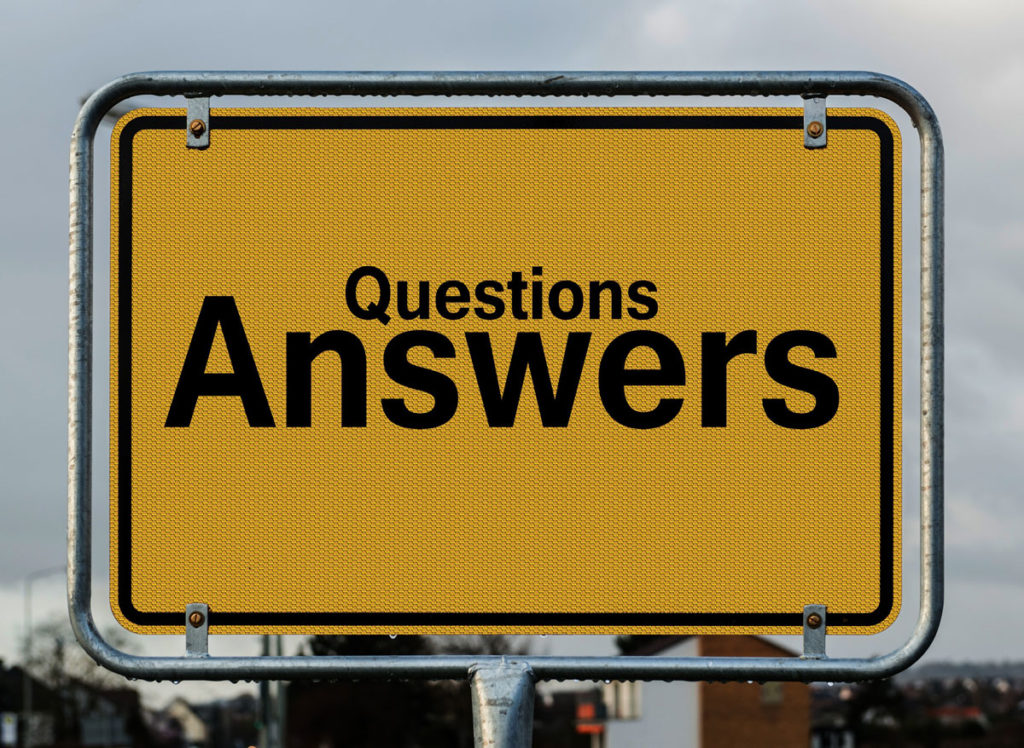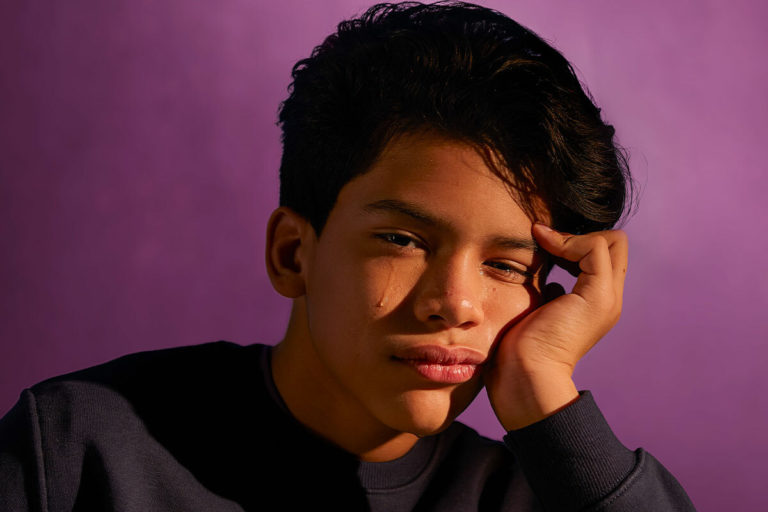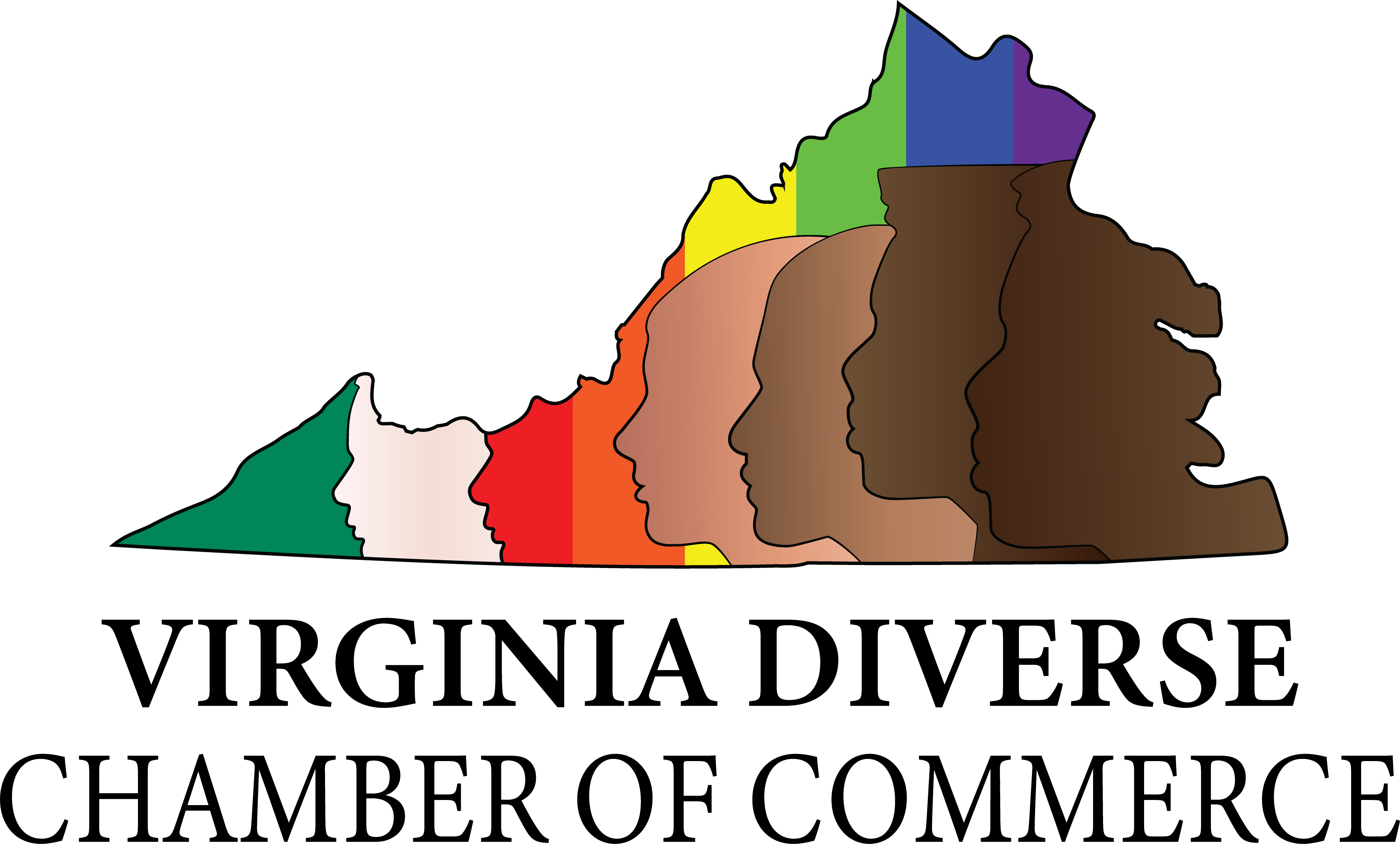HEALTH & WELLNESS
Middle School Mental Health
There is a mental health crisis among our country’s youth. Young adolescents (10-14) are experiencing increased rates of mental health challenges & youth of color, in particular, face the additional trauma of systemic racism and greater challenges in accessing the support they need.
Are you or your child in a crisis?
For emergencies, call or text 988. or Text HOME to 741741 or call 1-800-273-8255
Get Your Questions Answered on Social Media and Youth Mental Health

Mental health disorders affecting children and adolescents can range from attention deficit hyperactivity disorder (ADHD) to autism, depression, eating disorders, schizophrenia, and others. Students suffering from these conditions face significant barriers to learning and are less likely to graduate from high school.

Depression and anxiety are the two most diagnosed mental illnesses among teens. Disordered eating, personality disorders, and substance-use disorders are also common.
The American Academy of Pediatrics has a tool to help find an AAP-member pediatrician, and the NAMI Help Line is a free support service where volunteers answer questions, offer support and recommend next steps.
Mental Health in the Latino Community
Latinos have the same incidence of mental illness compared to the rest of the population. However, the concerns, experiences, and way of understanding and dealing with them may be different.

Being Cuban & A Caregiver:
Depression
Major depression affects everyone differently. However, it is typically marked by overwhelming and pervasive feelings of sadness, which can impair one’s ability to concentrate or engage in everyday activities.
Recent data shows an excess of 11% of adolescents and teens report experiencing at least one major depressive episode within the last year. Also, the rate of young people with depression has increased year over year since 2012.
Today, depression and bipolar disorder affect approximately 14% of teens between ages thirteen and seventeen.
It is important to note there are gender differences pertaining to depression diagnoses. Teen girls are more than two times more likely to experience depression than boys of the same age group.
What is Depression?
Anxiety
Anxiety disorders are also common among teens. Approximately one in three teens meet the criteria outlined in the Diagnostic and Statistical Manual of Mental Health Disorders (DSM-5) by the time they reach age eighteen. There are several types of anxiety disorders, but phobias and separation disorders are those seen most often. Like depression, anxiety disorders are also more common in females than males.
What is OCD?
Eating Disorders
The most common eating disorders seen in teens ages thirteen to eighteen are Anorexia, Bulimia, and Binge-eating disorder. Although adolescent girls are at a higher risk, almost three percent of teens will be diagnosed with an eating disorder. Depending on the severity of the disorder, treatment is essential, as life-threatening medical conditions can result.

Teen Mental Health Statistics
Some statistics related to more common mental health disorders are presented in the above paragraphs. In addition to anxiety, depression, and disordered eating, teens face a host of other mental health challenges, including substance use disorders, other mental health conditions, and teen suicide.

- Approximately 40% of teens have used marijuana. An additional 14% have used an illicit drug other than marijuana, and 12% have misused a prescription drug.
- 56% of teens report using alcohol in the past year.
- According to the Centers for Disease Control, approximately 11% of American children have attention-deficit hyperactivity disorder.
- Between the ages of fifteen and twenty-five, 100,000 adolescents and teens will experience their first psychotic episode. Psychotic disorders include bipolar disorder and schizophrenia.
- The rise in mental health disorders among teens has shown a direct correlation to the increase in teen suicide. Recent data shows suicide as the second leading cause of death among teens ages fifteen to nineteen. Only accidents outpace the current suicide rate. As recently as 2017, the Centers for Disease Control reported the suicide rate among teens was 10.6 deaths for every 100,000 teens.
How To Know If Your Child Might Be Having A Problem
Look for clues:
- Changes in eating, sleeping, self-care, or socializing habits.
- Mood swings or irritability.
- Difficulty (or neglect) with self-care, personal hygiene, etc.
- Fears of certain environments, situations, or social interactions (or avoiding them altogether, such as not wanting to go to school or meeting friends).
- Drug or alcohol use, especially changes in typical consumption patterns.
- Anger (or suddenly getting into trouble and not getting along with others).
- Increased reckless, impulsive, and out-of-control behaviors.
- Decreased school performance.
Sound It Out uses the power of music to help parents and caregivers have meaningful conversations with their middle schoolers about emotional well-being.
Parents and caregivers can access free, expert-vetted resources to guide conversations with their child about emotional wellbeing.

MUSIC CAN HELP YOU SOUND IT OUT TOGETHER
LISTEN
Middle-school-aged kids and their caregivers were partnered with mental health experts and musical artists to create an album of exclusive songs, inspired by the hidden emotions revealed in their conversations. The artists transformed these conversations into songs that can help your child express themselves.
This album is a tool to help parents and children discover how to use music to explore difficult emotions and experiences.
Parents Guide to Open Communication
Our motto is YOU ASKED FOR IT, WE LISTENED, WE GOT IT!
The importance of your input, feedback, and suggestions is critical in providing what you feel is necessary and will benefit you!
Please give us your input, which we use to provide the best services for YOU and our communities.









